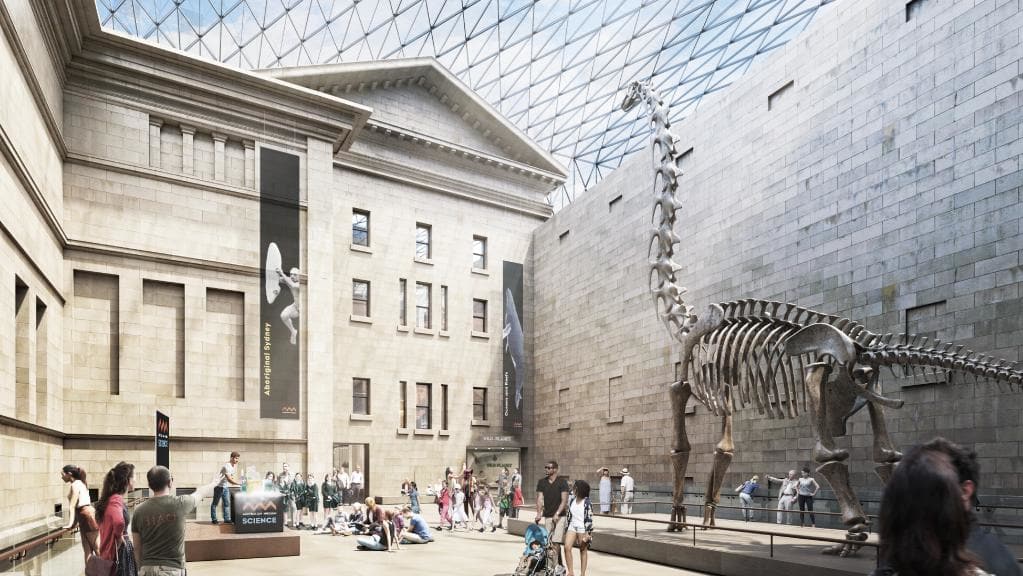
5 Australian science museums you should take the time to see
Australia has an impressive choice of science museums to go to, showcasing everything from our remarkable Indigenous flora and fauna, discoveries in paleontology and archaeology, to the most recent advances in technology and their impact on scientific knowledge and our everyday lives.
Australia has an impressive choice of science museums to go to, showcasing everything from our remarkable Indigenous flora and fauna, discoveries in paleontology and archaeology, to the most recent advances in technology and their impact on scientific knowledge and our everyday lives. To get you started on your journey of discovery, we have chosen five museums which serve up some of the very best in scientific displays, education programs and interactive displays.
1. Scienceworks, Melbourne
Located in the older Pumping Station under the West Gate Bridge, Scienceworks never fails to thrill kids and adults alike. Launched in 1992 as part of Museums Victoria, Scienceworks provides cutting-edge scientific experiences to everyone from babies to grandparents, like the Melbourne Planetarium, which introduces breathtaking shows discovering the joys of astronomy for many ages.
2. Located in the older Ultimo Power Station construction with modern additions, the Powerhouse Museum comprises five levels, three courtyards and a cafeteria. It houses up to 400,000 items at the same time. With much more on offer than can be found daily, it’s a good idea to plan your trip a list of priorities and take in more if you have the time.
3. Run by the Australian Government’s Department of Industry, Innovation and Science, Questacon is devoted to promoting science education in creative ways, to children, teenagers, teachers and parents alike. In a nutshell, if you love science or you have children, no visit to the country’s capital is complete without spending some time at Questacon. Whether it’s chatting at the café while your children get busy with a hands-on action or attending one of the numerous intriguing scientific shows.
4. The award-winning Daintree Discovery Centre gives visitors an interactive insight into the flora, fauna and natural history of the beautiful heritage-listed Daintree Rainforest. Including self-guided audio tours, a 125m aerial walkway throughout the tree-tops, a 23m high canopy tower and a screen centre that focus on all of the sights and sounds of the rainforest. Geared towards protecting the natural wonder of the Daintree Rainforest, the Discovery Centre educates people about environmental conservation and the role we all play in ensuring that areas like the Daintree are maintained for future generations to enjoy. If you are heading to Far North Queensland, take a look at the Daintree Discovery Centre, for a once in a lifetime experience of the valuable and fragile ecosystem.
5. The Tasmanian Museum & Art Gallery is not only Australia’s second oldest Museum but is based on the collections of Australia’s oldest science culture — the Royal Society of Tasmania, established in 1843. Because of this, preservation and protection of Tasmania’s physical and natural legacy are central to the Museum’s function, which houses over 800,000 items ranging from fossils to works of art. Now taking up an entire city block in Hobart, the Tasmanian Museum & Art Gallery features a range of exciting permanent exhibitions, such as ‘The Thylacine: Skinned, Stuffed Pickled & Persecuted’, about the extinct and nearly mythological’ Tasmanian Tiger’, and ‘ningina tunapri’, which explores the present and history of the Tasmanian Aboriginals.